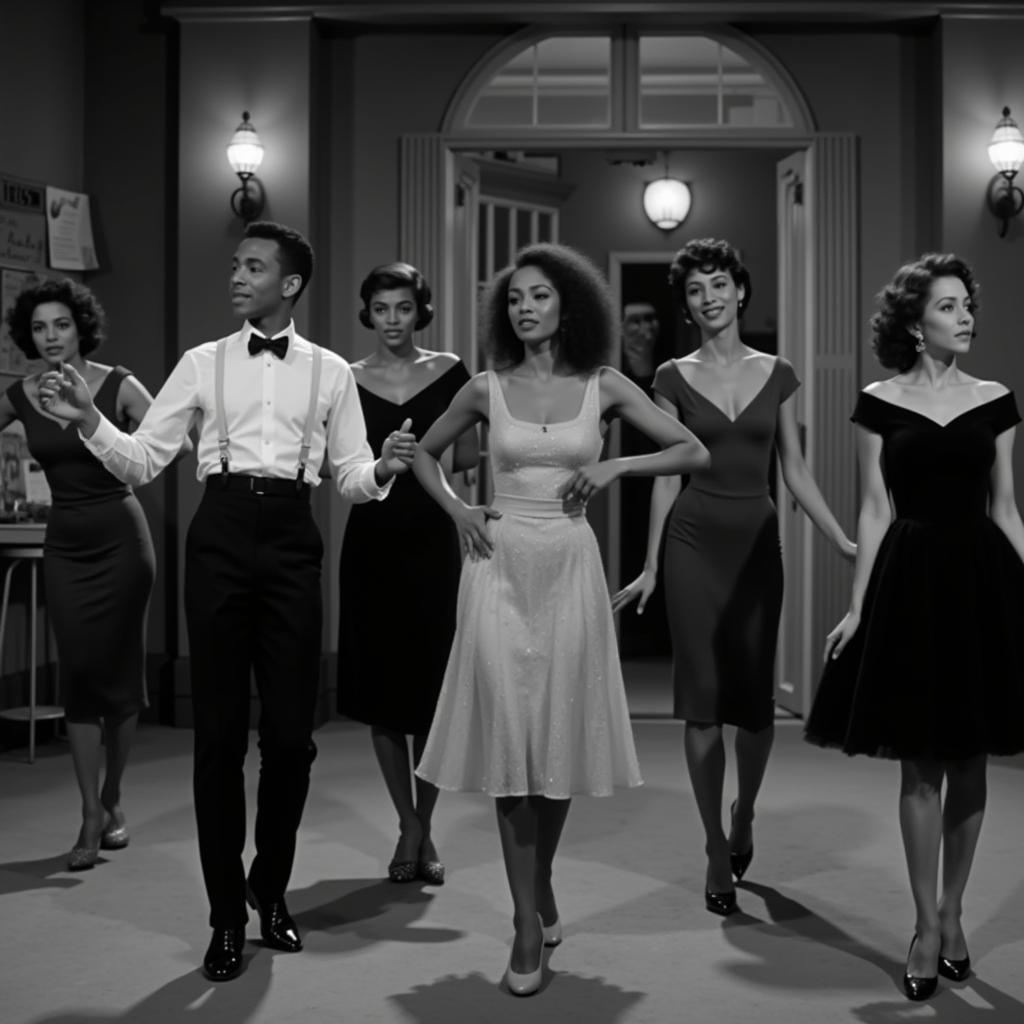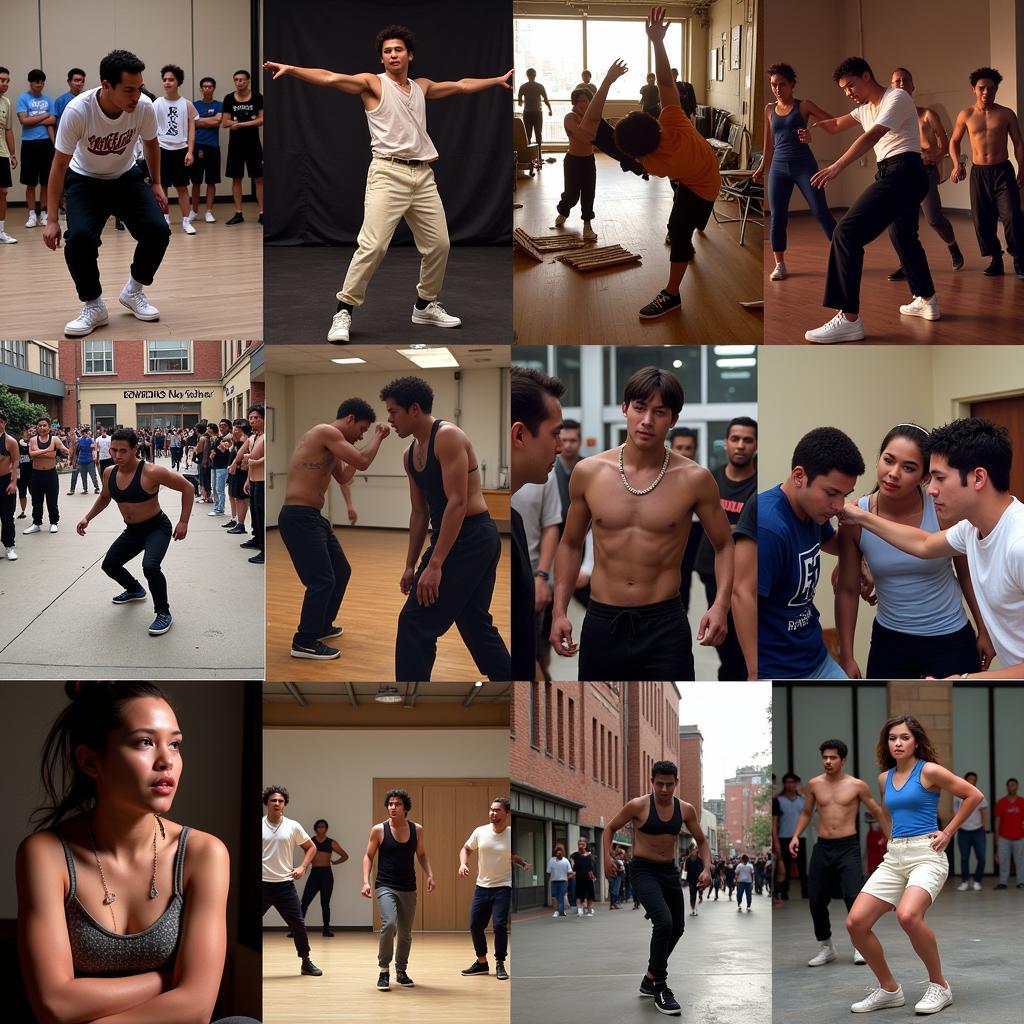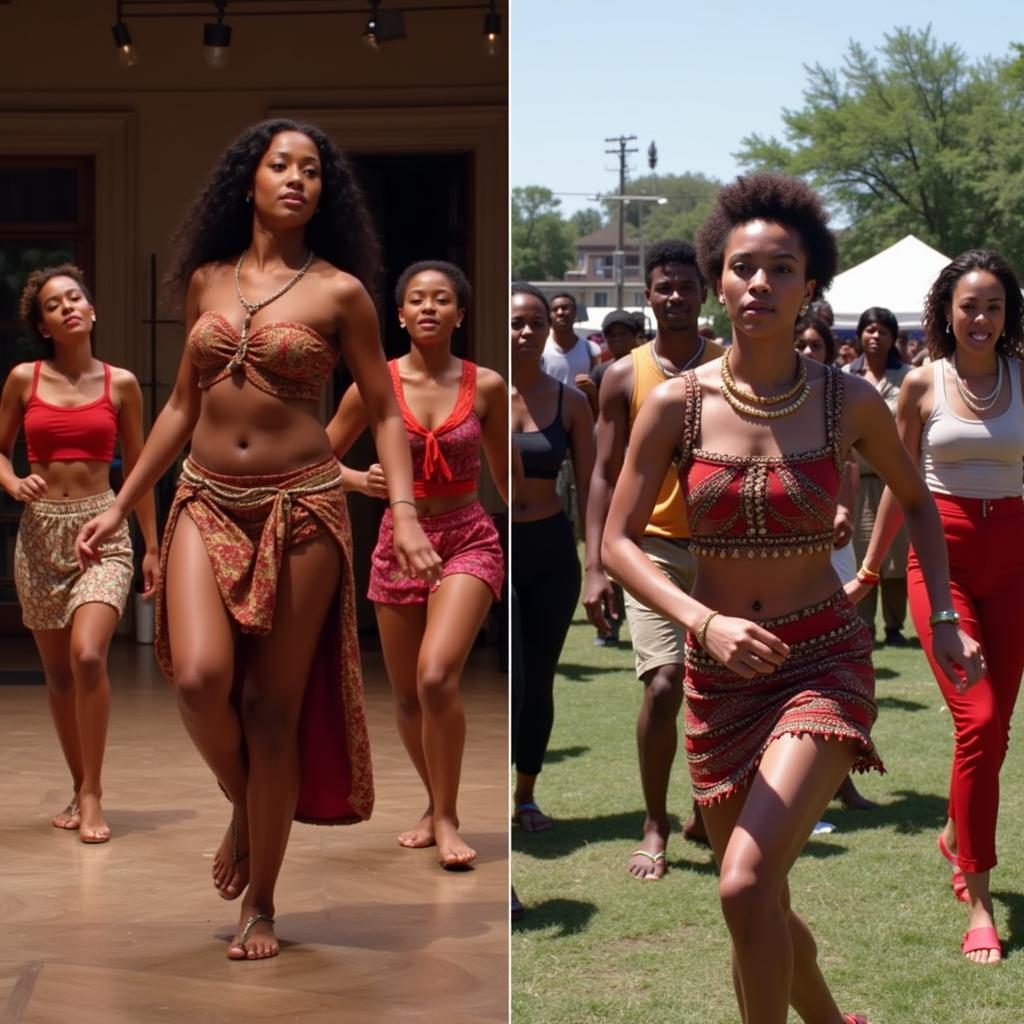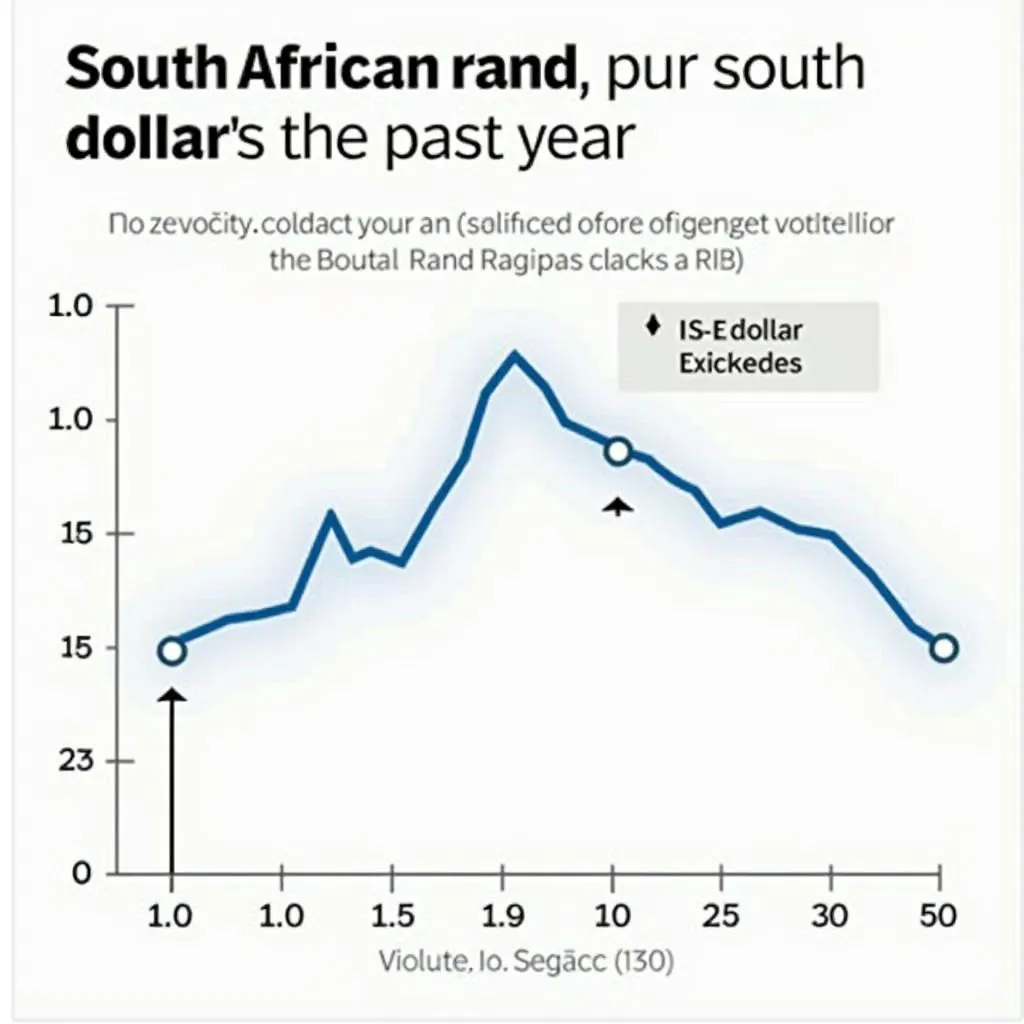The Enduring Power of African American Dance Movies
From the electrifying swing of the Harlem Renaissance to the contemporary grooves of hip-hop, African American dance has consistently captivated audiences worldwide. This rich dance heritage, intrinsically linked with cultural identity and historical narratives, finds a powerful voice in cinema. African American Dance Movies not only entertain but offer insightful glimpses into social dynamics, racial politics, and the evolution of artistic expression. Let’s delve into the captivating world of African American dance movies and explore their lasting impact.
A Legacy of Innovation: Tracing the Roots
 Early African American Dance Films
Early African American Dance Films
African American dance movies have their roots in the early 20th century, often facing limitations imposed by segregation and racial prejudice. Despite these obstacles, pioneers like Josephine Baker and the Nicholas Brothers broke barriers, showcasing their talent in films like “Zouzou” (1934) and “Stormy Weather” (1943). These early films, though often relegating Black performers to secondary roles, helped pave the way for future generations.
Breaking Barriers and Reaching New Heights
The Civil Rights Movement of the 1960s brought significant changes to American cinema, leading to more nuanced and complex portrayals of African American experiences. Movies like “Sweet Sweetback’s Baadasssss Song” (1971) and “The Wiz” (1978) explored themes of Black empowerment and cultural pride through dance and music. The rise of blaxploitation films in the 1970s, with their iconic soundtracks and dynamic dance sequences, further cemented the link between Black cinema, music, and dance.
The late 20th century saw the emergence of directors like Spike Lee, who utilized dance in films like “School Daze” (1988) and “Do the Right Thing” (1989) to comment on social injustices and celebrate Black culture. These films showcased the raw energy and political potency of dance forms like stepping and breakdancing. Want to know more about impactful films highlighting Black history? Explore our curated African American slavery movies list.
From Street Corners to the Silver Screen: The Rise of Hip-Hop Dance Movies
 The Evolution of Hip-Hop Dance in Film
The Evolution of Hip-Hop Dance in Film
The 1980s witnessed the explosion of hip-hop culture, and with it, a new wave of dance movies. Films like “Breakin'” (1984), “Beat Street” (1984), and “Krush Groove” (1985) captured the raw energy and athleticism of breakdancing, bringing this street-born dance form to a global audience. These films not only entertained but provided a platform for young, predominantly Black and Latino, voices to be heard. They addressed issues of poverty, social inequality, and urban life through the universal language of dance.
The legacy of these films continues to influence contemporary dance movies. Films like “Stomp the Yard” (2007), “You Got Served” (2004), and “Step Up” (2006) showcase a blend of various dance styles, reflecting the evolving landscape of urban dance. These films often feature diverse casts and explore themes of ambition, competition, and community, resonating with young audiences worldwide.
More Than Just Entertainment: The Cultural Impact
African American dance movies are much more than mere entertainment. They are powerful vehicles for storytelling, cultural preservation, and social commentary. These films provide a lens through which to understand the complexities of Black identity, the African diaspora, and the ongoing struggle for racial equality.
 The Cultural Impact of African American Dance Movies
The Cultural Impact of African American Dance Movies
Interested in experiencing the vibrancy of African American culture firsthand? Find out more about upcoming celebrations and events at the African American festival.
FAQs
Q: What are some key characteristics of African American dance styles?
A: African American dance styles are often characterized by their rhythmic complexity, improvisation, and strong connection to music. They often incorporate elements of storytelling, social commentary, and personal expression.
Q: What is the significance of dance in African American culture?
A: Dance has deep historical and cultural roots in African American communities. It has served as a form of resistance, celebration, and community building, playing a vital role in preserving cultural traditions and expressing shared experiences.
Conclusion
From the early musicals to the high-energy dance battles of today, African American dance movies have entertained, challenged, and inspired audiences for generations. These films offer a glimpse into a rich cultural heritage, providing a platform for talented performers and giving voice to marginalized communities. As we move forward, it’s crucial to recognize and appreciate the enduring power and cultural significance of African American dance movies.
Looking for more insights into African history and culture? Check out our article on the captivating world of African king movie.
Don’t hesitate to contact us for any assistance. Reach our 24/7 customer service team at +255768904061, email us at kaka.mag@gmail.com, or visit us at Mbarali DC Mawindi, Kangaga, Tanzania.
